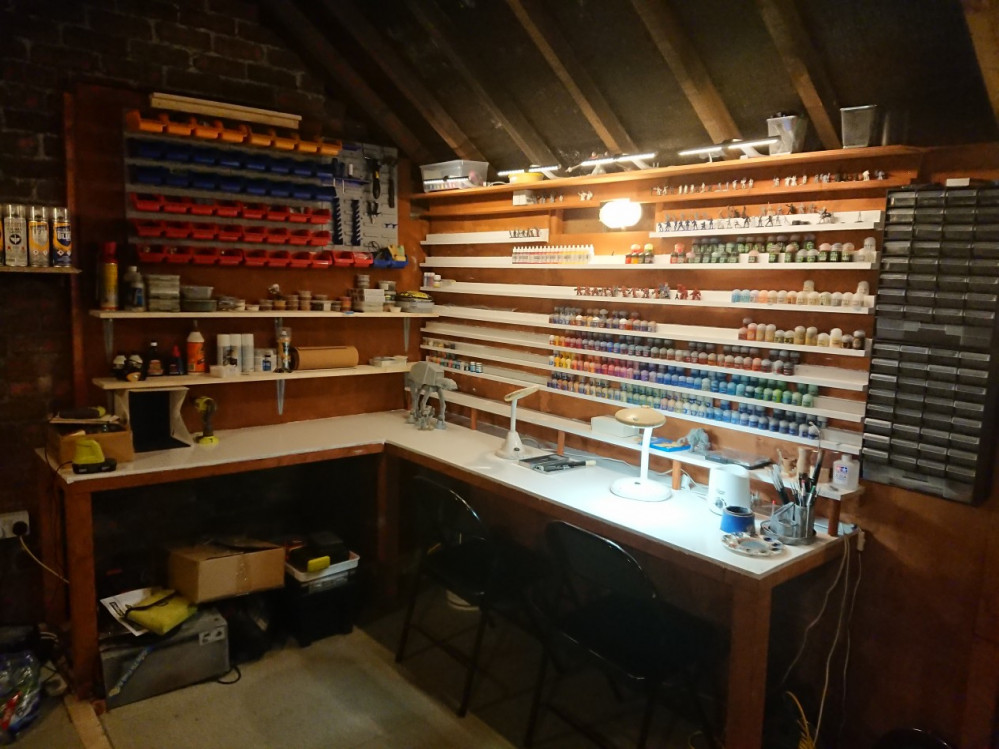
Paint Station Alpha
Step 5 - Finishing Touches
Disclaimer
Before we go any further with this, in the project description you might remember I said I wasn’t a qualified electrician and this bit is really. Wiring up a socket is actually really easy once you know what the difference between live and neutral is (and in the UK, earth). However wiring something and wiring something legally really aren’t the same thing and this is definitely a case of do not try this at home. Unless of course you are a qualified electrician or you can get one to come and help you. Unlike amateur joinery, amateur wiring has the potential to kill people or burn down houses.
Now on with the show
With the desk itself finished and indeed usable it was time to add some finishing touches. Prior to this step all the lights were being run off an extension lead which simply isn’t practical. What I really wanted was dedicated mains supplies built into the desk. So we hired an electrician to run a dedicated mains supply into the attic, which cost us about £100. I then got my dad – a retired electrician – to go through some ideas I had to make sure that they were sound and indeed safe and legal. What I had in mind was mostly OK and with a few tweaks became workable. He told me what I would need to ensure that the wiring was safe and complied with building regulations. Any cabling that is in the area of activity is encased in plastic trunking to protect it. The cable is then fastened to the back of the false wall using cable clips. I drilling three small holes through the wooden panels where I wanted the sockets to be and threaded the cable through those. I also added some additional lights to the back of the desk because that area is still being used for general household storage.
Next step was to wire up the two double sockets; in today’s modern age I opted for double sockets with built in USB ports as this allows phones and tablets to be placed on charge and used for music etc whilst working.
The last step was my dad’s idea. I was actually going to build a single socket on the back of the wall to plug the overhead lights into as they are mains powered. However he suggested a better option would be a switched, fused spur with the lighting transformer wired directly into it. He explained how that worked and I agreed that was a much better option as it allowed us to have a proper light switch on the desk without having loads of cable clipped onto the front of the desk for the switch (which is actually built onto the mains adaptor cable). A fused spur is wired in exactly the same way as anything else so it wasn’t overly complicated, All I had to do was remove the plug from the power adapter and strip back the cable, but without my dad’s expertise I wouldn’t have come up with that idea. We also down-rated the fuse from 13A to 3A because it’s only running a set of LED lights and 13A wouldn’t really offer any protection at all for them. This is the same fuse that the plug contained.
And that was that. The desk was fully finished. It comfortably seats two painters with enough space for a third if ever needed. The space for the third painter can also be used to build larger projects and scenery.
I have to say it’s been a real pleasure working on the desk. I’ve learned some new skills along the way and I have even been inspired to start studying basic electrics. I doubt I will ever become a qualified electrician however I would like to be able to manage domestic repairs and maintenance myself.





























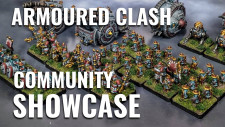











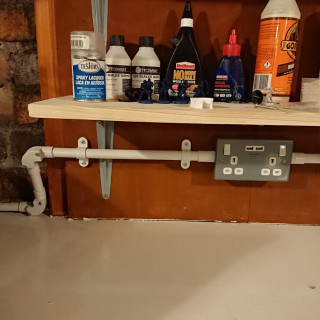
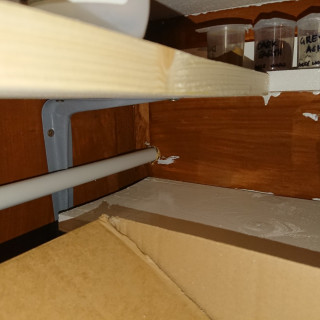


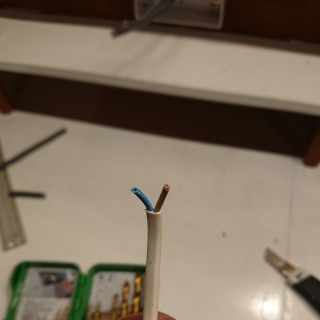
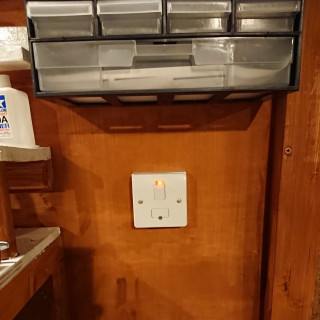



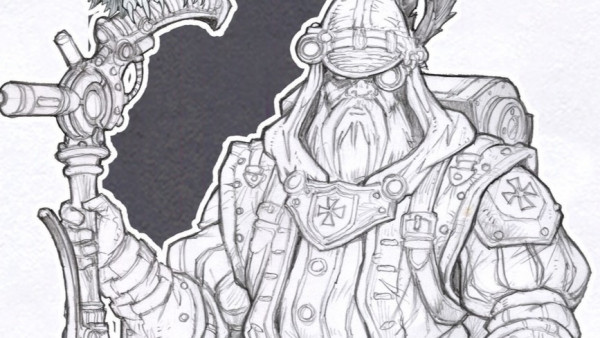
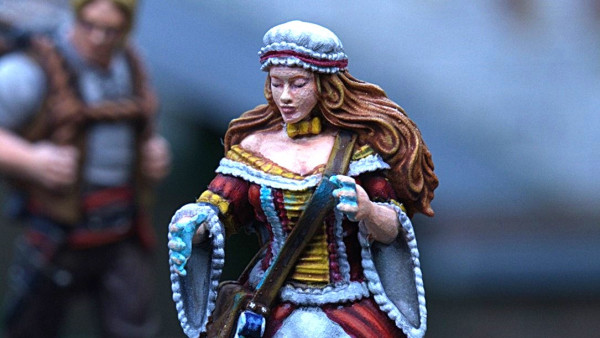





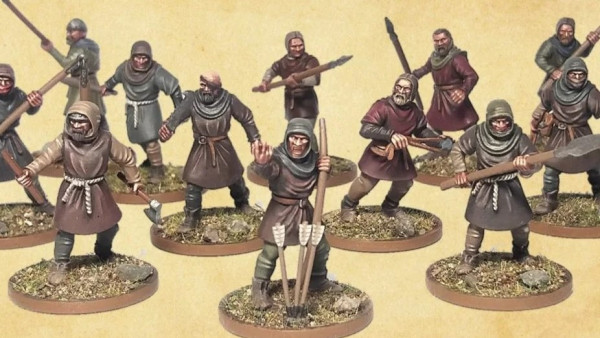















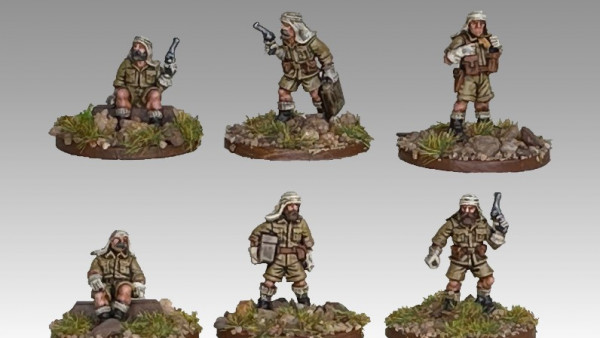
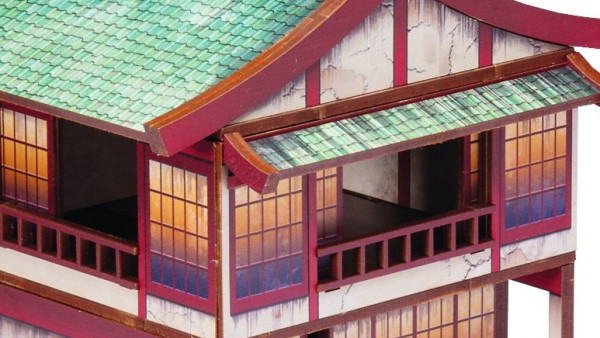


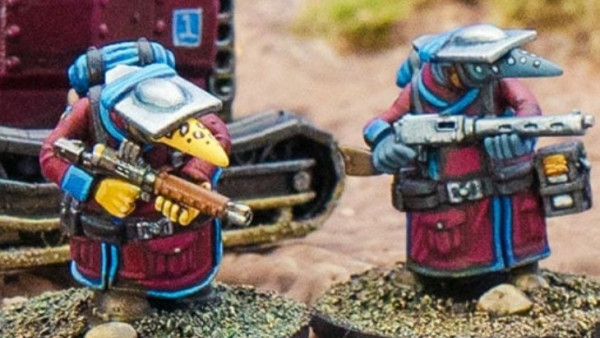
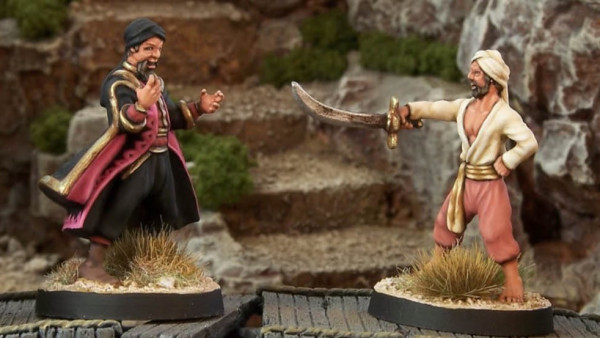



Leave a Reply